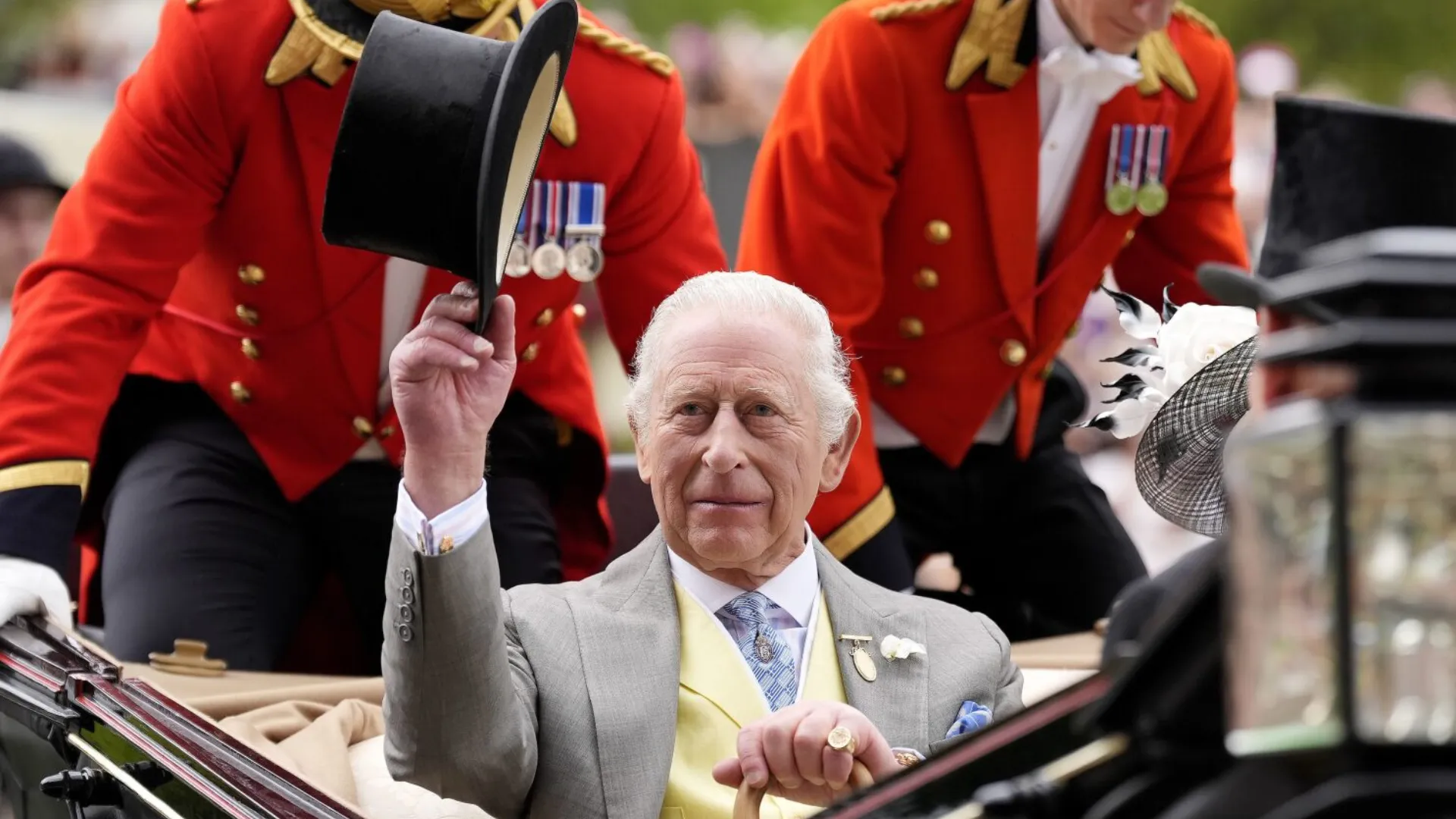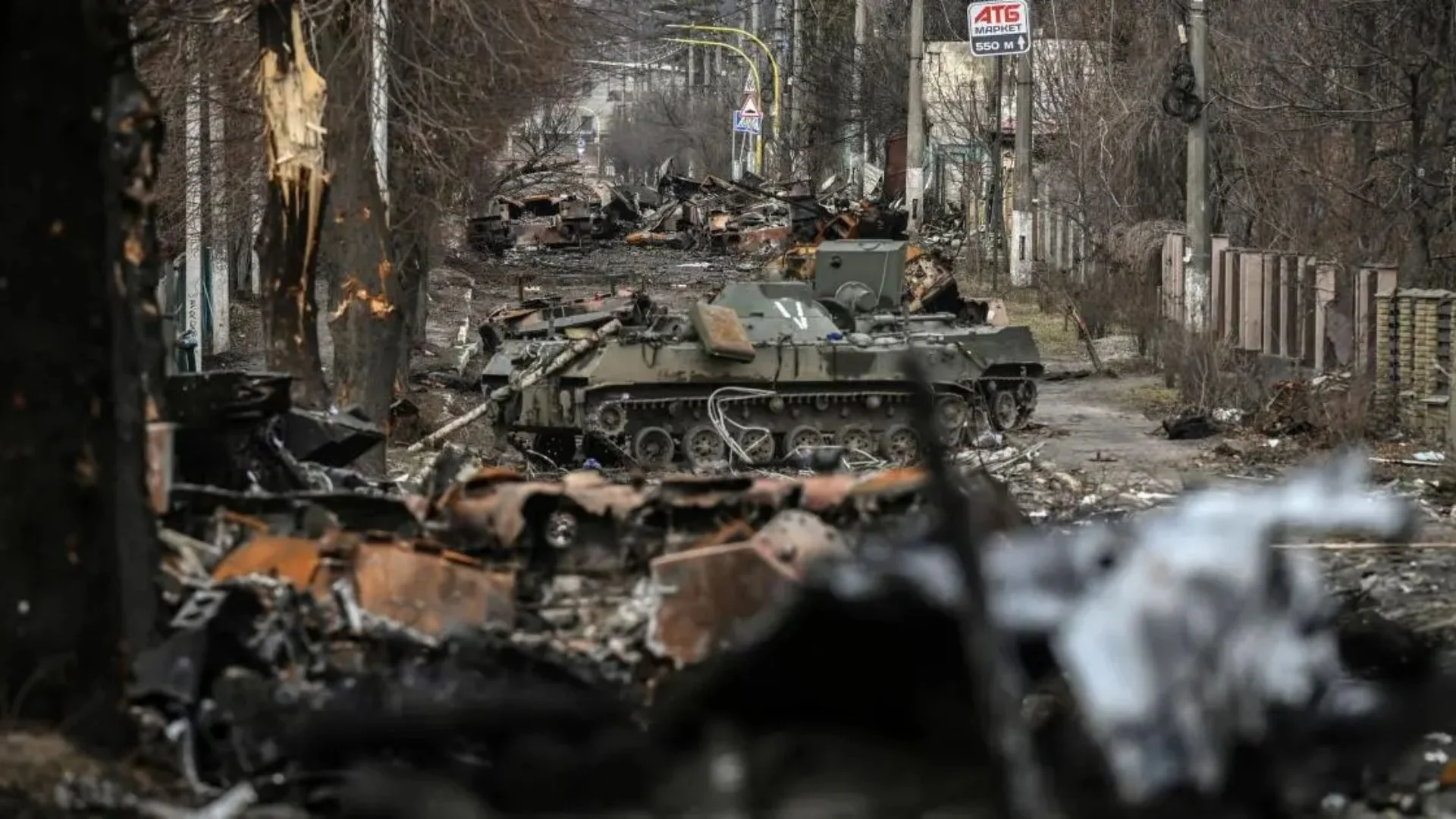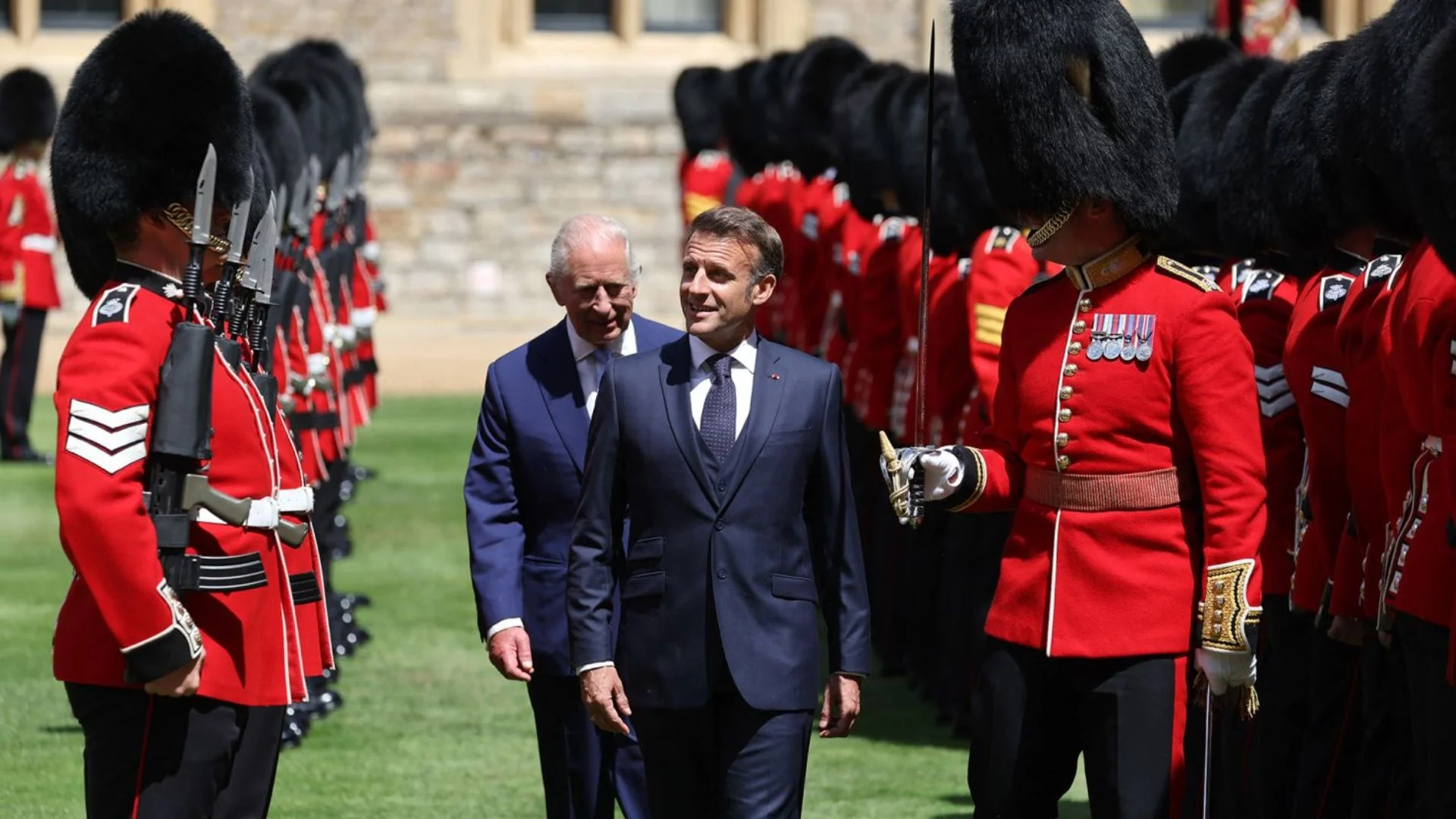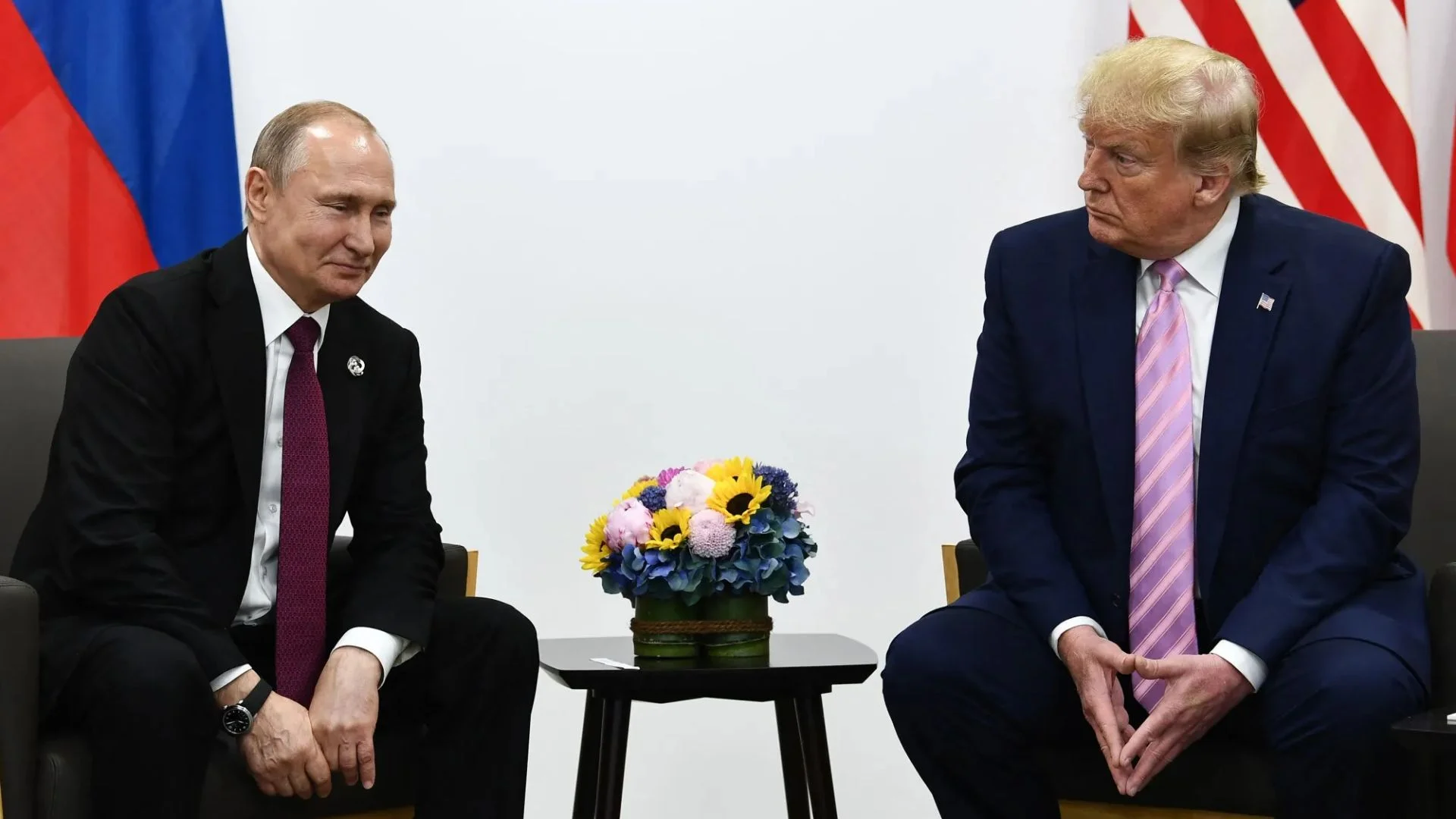The Royal Train will shortly depart the station for the final time.
King Charles III has approved it’s time to retire the train, which has a history dating back to Queen Victoria, as it is too expensive to run and would have required extensive renovation for improved rail systems, Buckingham Palace reported Monday.
End of a Historic Tradition
The train, actually a suite of nine railcars that can be hitched to commercial locomotives, will be decommissioned sometime before the current maintenance contract expires in 2027. That will bring to an end a tradition that dates back to 1869, when Queen Victoria commissioned a pair of special coaches to accommodate her travels.
The decision was announced during the palace’s annual briefing for reporters on the royal finances.
Royal Household Budget Overview
The royal household will for the fourth year in succession get public money worth 86.3 million pounds, of which 34.5 million pounds will be used to finance the refurbishment of Buckingham Palace, during the 12 months to March 2026.
This fund is derived from a system called the Sovereign Grant, which allocates 12% of the net revenue of the Crown Estate to finance the official engagements of the king and other members of the royal family.
Understanding the Crown Estate
The Crown Estate refers to a portfolio of assets that belong to the monarch during his tenure. The assets are managed professionally and cannot be disposed of by the king.
The Crown Estate is just one of the leftovers from Britain’s feudal past. King George III, in office during the American Revolution, relinquished control of the crown lands to Parliament in 1760 for an annual fixed payment from the Treasury.
Modernizing the Monarchy’s Finances
The finances of the royal household are still a matter of public discourse, with Charles vowing to cut the monarchy down to size and save money as he works to preserve the institution’s future.
Buckingham Palace was also swift to remind us that while the Sovereign Grant has remained flat over the last four years, inflation has eaten away at its purchasing power. If the grant had gone up with inflation, it would be around 106 million pounds this year, the palace added.
Revenue Boost from Tourism and Events
The core grant was topped up with 21.5 million pounds of revenue from assets beyond the Crown Estate. Revenue rose by 1.7 million pounds, fueled by a record year of visitors to Buckingham Palace and exclusive tours of the newly refurbished East Wing.
Craig Prescott, a constitutional law expert at the University of London’s Royal Holloway specializing in the political role of the monarchy, said the cost of the royals is comparatively modest in relation to the British state’s total cost and offers solid returns for the nation.
A Busy Year for the Royal Family
Last year, Charles visited Australia and represented the organization at the Commonwealth Heads of Government Meeting in Samoa his first as head. The royals also stole the show at the 80th anniversaries of D-Day and V-E Day, which commemorated the end of World War II in Europe, and hosted the leaders of Japan and Qatar during state visits to the U.K.
Total, the royals appeared in public 1,900 times in the U.K. and abroad. Approximately 93,000 visitors attended 828 functions at the royal palaces.






















